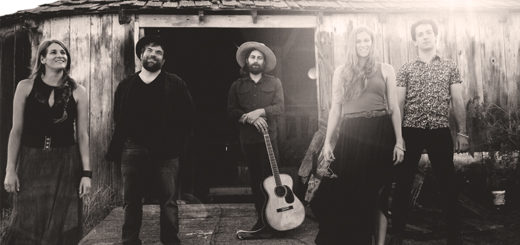Food bank partners with local gardeners to feed the community
By Soncirey Mitchell
Reader Staff
This summer, the Bonner Community Food Bank, Gardens for Health Collaborative and the Lake Pend Oreille School District are partnering with local gardeners to bring fresh produce to area children and other members of the community in need. Whether it’s a tomato plant on the porch or an entire row in a community garden, volunteers encourage everyone to grow what they can to provide fresh, nutritious ingredients for the LPOSD Summer Lunch Program and the food bank in general.
“By connecting families and youth with fresh produce and summer meals, we aim to enhance food security and support the school district’s efforts in promoting student wellness,” said BCFB Executive Director Debbie Love. “We’re excited to witness the long-term impact this partnership will have on students’ health and well-being, particularly during the summer months when access to nutritious food can be limited for students and their families.”
The organizations tried out a similar partnership with local gardeners in 2020 under the leadership of Love, Kaniksu Land Trust Executive Director Katie Egland Cox and GFHC’s Michele Murphree. It began with around 70 tomato plants donated by Greentree Naturals co-owner Diane Green and handed out by Murphee, and ended with the community donating 221,000 pounds of produce. Organizers are hoping to get at least half that by the end of this growing season.
They also took on the responsibility of gathering and preparing food for the Summer Lunch Program in 2022 after much-needed renovations meant that the school district would otherwise have had to pause the program.
“We had, really, no idea what we were doing, and we had to go find commercial kitchens and get a health permit, and we needed to raise a lot of money, and that year we made and distributed 7,425 lunches,” said Murphree.
“I think that the amount of people needing access to the food bank, the amount of weekend food bags that Food For Our Children hands out has really gone up. I don’t know how many lunches they’re anticipating they will give out this summer, but it has to be around 8,000 and then some,” she added.
This year, Green and her partner, Thom Sadoski, donated nearly 14 times their original amount of plants, for a total of more than 960 tomatoes, squash, cabbages and more. Organizers handed out free plants at various locations around town during the first week of June, giving recipients the option to donate any amount of produce they grow to the food bank — even if that amount is zero.
“The heat is on because, with 70 plants, we raised 200,000 pounds; what should we be raising with 963 plants?” said Murphree.
Murphree hopes to make this an annual partnership — especially with LPOSD — but the biggest hurdle is the work it takes to clean and prepare the fresh fruit and vegetables. A team of volunteers at the food bank has offered to take on the responsibility for the lunch programs in addition to the work needed to prepare produce for the organization’s market. The volunteer hours will take an enormous weight off the school district’s kitchen staff.
“It’s important that, when people do donate, it’s going to have a direct impact and go straight to the food bank, get washed and go immediately to one of those two programs,” said Murphree.
When dropping off donations, people can specify whether they want their produce to go into the kids’ lunches or the food bank market. Otherwise, Murphree says they’ll give the most “lunch box-compatible” donations to the kids and save other cooking necessities — like onions — for the market. Either way, the gardeners’ hard work will put healthy, nutritious food on tables throughout the county.
“Locally grown food is often fresher and more nutritious, as it’s harvested at its peak and doesn’t spend long periods in transit. This means families receive healthier options that support their well-being. It is also one of the last items that families purchase at the grocery stores because of costs and its short shelf-life. This program helps us fill the gaps left by cuts and rising food costs,” said Love.
Love and Murphree thanked their volunteers, Greentree Naturals, Cedar Hills Church, Christ Our Redeemer Community Garden, East Bonner County Library, Kaniksu Land Trust, the Sandpoint Area Senior Center and neighborhood gardeners “Myra and friends” for making the program possible.
“There’s no better way to share love and connect with each other than through food,” said Love, later adding, “Even a small harvest can make a big difference to someone in need. If you have extra from your gardens, please think of donating to the food bank for summer meals and families.”
For more information on how to donate or volunteer, visit bonnerfoodbank.org. Deliver produce directly to the food bank at 1707 Culvers Drive, Sandpoint.










 Coming up this week! Don’t miss Live Music, the Summer Sampler, the Art Party, Monarch Grind, the Sandpoint Renaissance Faire, and more! See the full list of events in the
Coming up this week! Don’t miss Live Music, the Summer Sampler, the Art Party, Monarch Grind, the Sandpoint Renaissance Faire, and more! See the full list of events in the 